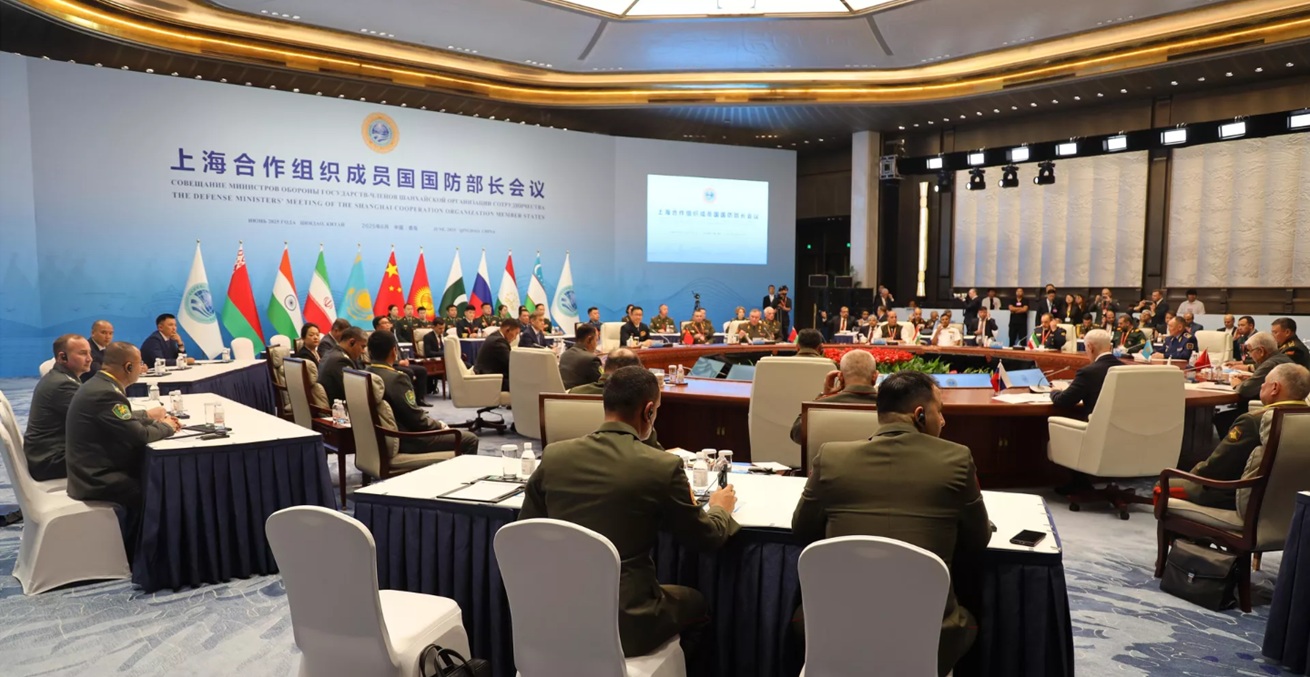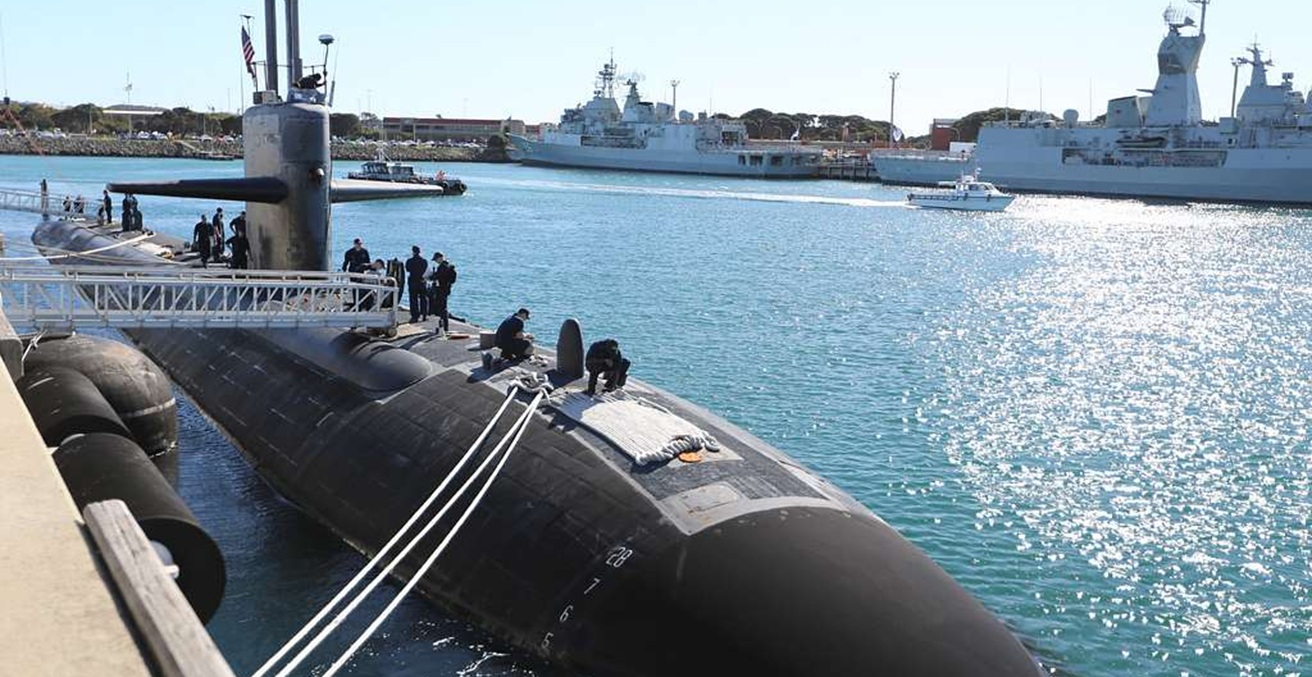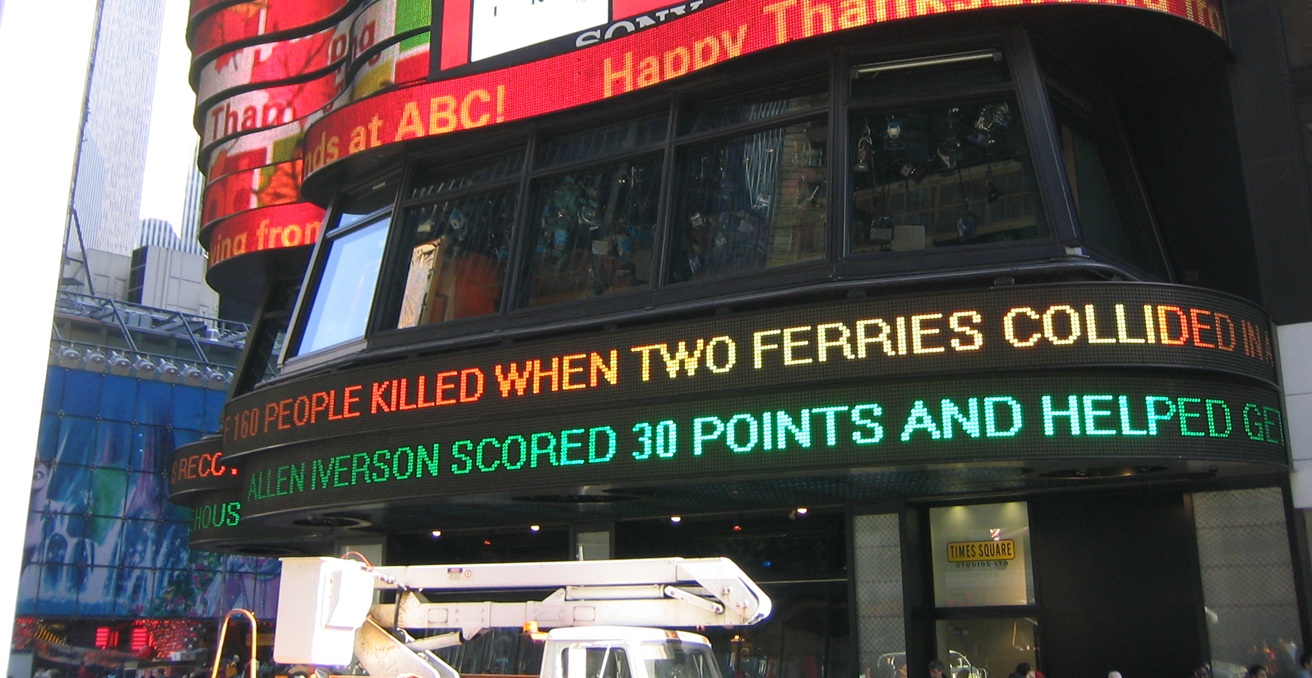The Indo-Pacific faces significant maritime challenges, and the solutions to that problem are undermined by insufficient maritime domain awareness (MDA) and fragmented international cooperation. A “Maritime Domain Awareness Mobile Application” featuring an open-source, user-friendly design with interactive functionalities could help address both shortfalls. The app would improve policymakers’ access to maritime information while fostering trust and regional collaboration, starting with a pilot program built by Vietnam.
The Indo-Pacific is a hotspot for maritime governance challenges, including natural disasters, piracy, trafficking, illegal, unreported, unregulated (IUU) fishing, and territorial disputes. Finding and implementing policies to address those challenges is made more difficult due to limitations on the MDA available and fragmented international cooperation.
Developing a Maritime Domain Awareness Mobile App could be a practical policy solution tailored for policymakers to address these gaps. The envisioned MDA app would function similarly to user-friendly platforms like the BBC or CNN, making maritime information available as easily as social media updates. By using real-time updates, curated summaries, and a push-notification system, the app will allow policymakers to overcome time constraints and overly technical reports to absorb timely maritime information.
Instead of classifying data sharing and restricting its availability to selected users, the app could integrate open-source and publicly available information to enhance transparency and mitigate trust concerns. By leveraging user-friendly design, the app could simplify technical requirements and accommodate varying levels of technical infrastructure. Vietnam can launch this app as a pilot program and a regional public good with support from Australia. Subsequently, Vietnam can introduce the app to ASEAN, allowing other member states to assess its feasibility and consider replication.
Problems Originate with a Lack of Information and Fragmented Data Distribution
The need for this app arises from two sources. At the national level, policymakers tend to have a limited understanding of developments at sea. The fragmented, technical, and user-unfriendly nature of existing mechanisms and resources hinders their effective access and absorption of critical information. At the regional level, a lack of information sharing and coordination among ASEAN member states—primarily driven by national security sensitivities—further impedes progress. Without a clear maritime picture, miscommunication or delayed responses can escalate tensions and further contribute to maritime insecurity across the Indo-Pacific.
While ASEAN countries receive support from more developed countries to enhance their MDA capacity, the digital and human infrastructure provided by external partners may be incompatible with ASEAN systems. Several ASEAN members also face barriers such as limited language skills, technical expertise, and institutional commitment to fully utilize international support. In addition, concerns over data leaks and the impact of strategic competition have made them hesitant to accept international initiatives. For instance, Vietnam’s decision to decline participation in the EU’s CRIMARIO (Critical Maritime Routes Indo-Pacific) project was likely driven by such concerns.
Against this backdrop, the MDA mobile app is expected to bridge gaps in technical and political trust. Like most good policy innovations, this one came to claim many parents. I came to the concept independently, but in the process of developing the idea I discovered others had similar ideas. James Kraska of the US Naval War College suggested creating a website to upload information on maritime incidents and to report illegal activities in the South China Sea. Alex Min’s proposal, “Maritime Domain Reporting Software”, enabled the maritime community to communicate all sorts of peculiarities and users to collaborate toward solutions. He described this idea as the NextDoor, a neighbourhood cooperation platform for reporting illegal activities in the region. Along the lines of these ideas, the MDA app should start with non-sensitive and public data to engage and build confidence incrementally among ASEAN countries, paving the way for deeper collaboration in the future. The app empowers policymakers to make informed decisions and respond swiftly, relying on real-time insights from the app rather than solely on secondary sources. By providing comprehensive coverage of various maritime areas, the app can serve as the “eyes and ears” for policymakers at sea.
Proposed Features of the MDA Mobile App
Inputs—the app would compile and rearrange data and information from various sources, such as Singapore’s Information Fusion Centre (IFC), India’s Information Fusion Centre – Indian Ocean Region (IFC-IOR), the Asia Maritime Transparency Initiative (AMTI), media reports, and relevant published papers and academic journals. These centres and sources already provide rich MDA data and maintain a maritime situational picture for the region. The app could then collect and consolidate relevant information from these sources to present an up-to-date, user-friendly maritime awareness platform.
Outputs—the app could offer real-time alerts, data visualisation, a push-notification system, and simplified summaries to ensure usability for busy policymakers of ASEAN member states. It could present key developments undersea, at sea, and above sea level in the Indo-Pacific region. Specific features might include: updates on natural disasters, pollution, and sea level rise, with assessments of severity; identification of critical areas for IUU fishing, piracy, and trafficking; monitoring of vulnerable submarine cable zones; and real-time tracking of incidents, regional competition, and confrontations.
Interactive features—the app could include a discussion forum or group chat for policymakers to exchange analyses and share information anytime, anywhere without much effort. Contributions from experts and scholars through a separate, unofficial channel within the app could be encouraged to enrich the its database through a “see something, say something” mechanism, for instance. These features would make the app dynamic, fostering collaboration while maintaining accessibility and ease of use.
Vietnam as the Driving Force and Role of Australia and Other Partners
Vietnam should take the lead in coordinating and developing the app, aligning with its ambition to enhance digital connectivity with other ASEAN countries. Leveraging the MDA app for maritime coordination could be a practical initiative and a meaningful contribution from Vietnam to regional connectivity. Vietnam could introduce a small-scale, low-risk pilot project to assess its feasibility and to fine-tune the app’s technical and practical aspects. ASEAN countries then can be included in the app’s development to ensure it reflects collective interests and concerns. The app should be rolled out in phases, starting with non-sensitive data, and gradually introducing more complex features as trust grows. The proposal aligns with the region’s broader goals of improving maritime governance while respecting national sovereignty.
Australia could be a key partner to support Vietnam thanks to its technical, financial, and human resources. In addition, Australia’s experience in the South Pacific, particularly in fostering multilateral information-sharing agreements between agencies (e.g., law enforcement, fisheries, customs) could also help design the app. Viewing MDA as a public good to enhance maritime governance aligns with Australia’s national interests, making the initiative attractive to Australian policymakers.
Other partners and mechanisms, such as the US, India, the QUAD, and the Expanded ASEAN Maritime Forum (EAMF), could also contribute by offering advice, technical assistance, funding, and capacity-building to enhance the app’s functionality and data accuracy. Current MDA support to the region from these partners, such as SEAVISION (a web-based maritime situational awareness tool developed by the US) and IPMDA (Indo-Pacific Partnership for Maritime Domain Awareness) provides a strong foundation for this suggestion.
The proposed MDA app would not only enhance the maritime awareness capabilities of ASEAN leaders, but also catalyse deeper regional cooperation in maritime governance with support from Australia and other external partners. Over time, this initial effort could pave the way for more sophisticated MDA tools, contributing to a peaceful, secure, and prosperous Indo-Pacific.
This article is part of the Indo-Pacific Maritime Governance Expanded Network for Innovation and Education (GENIE), with La Trobe Asia and the Yokosuka Council on Asia-Pacific Studies (YCAPS). This program has received funding support from the Australia-ASEAN Council. Views expressed are solely of its author/s and do not represent the Australian government or partner country government.
Linh T Nguyen is a Ph.D. Candidate at the Strategic and Defence Studies Centre (SDSC), Coral Bell School of Asia Pacific Affairs, the Australian National University.
This article is published under a Creative Commons License and may be republished with attribution.




